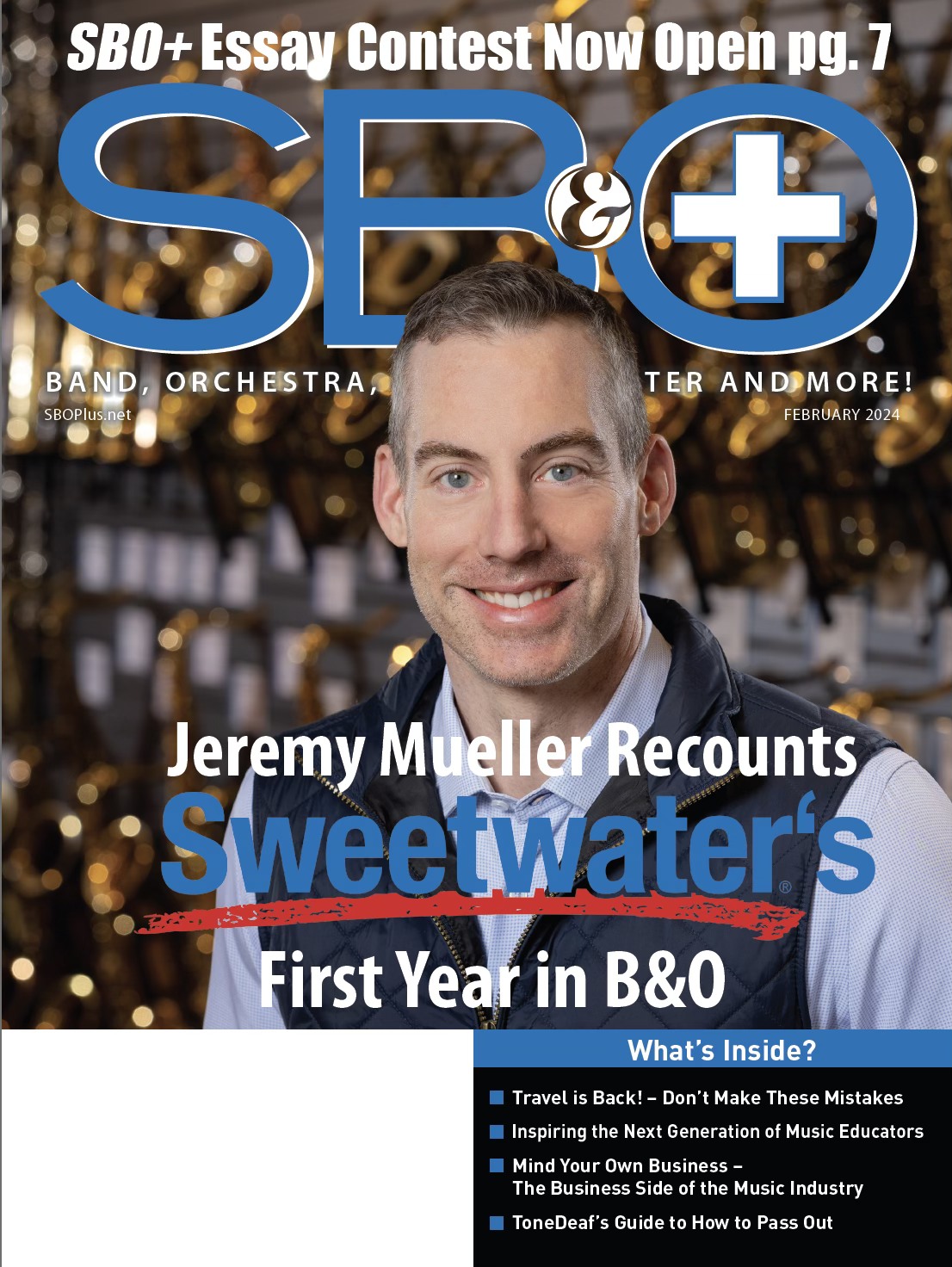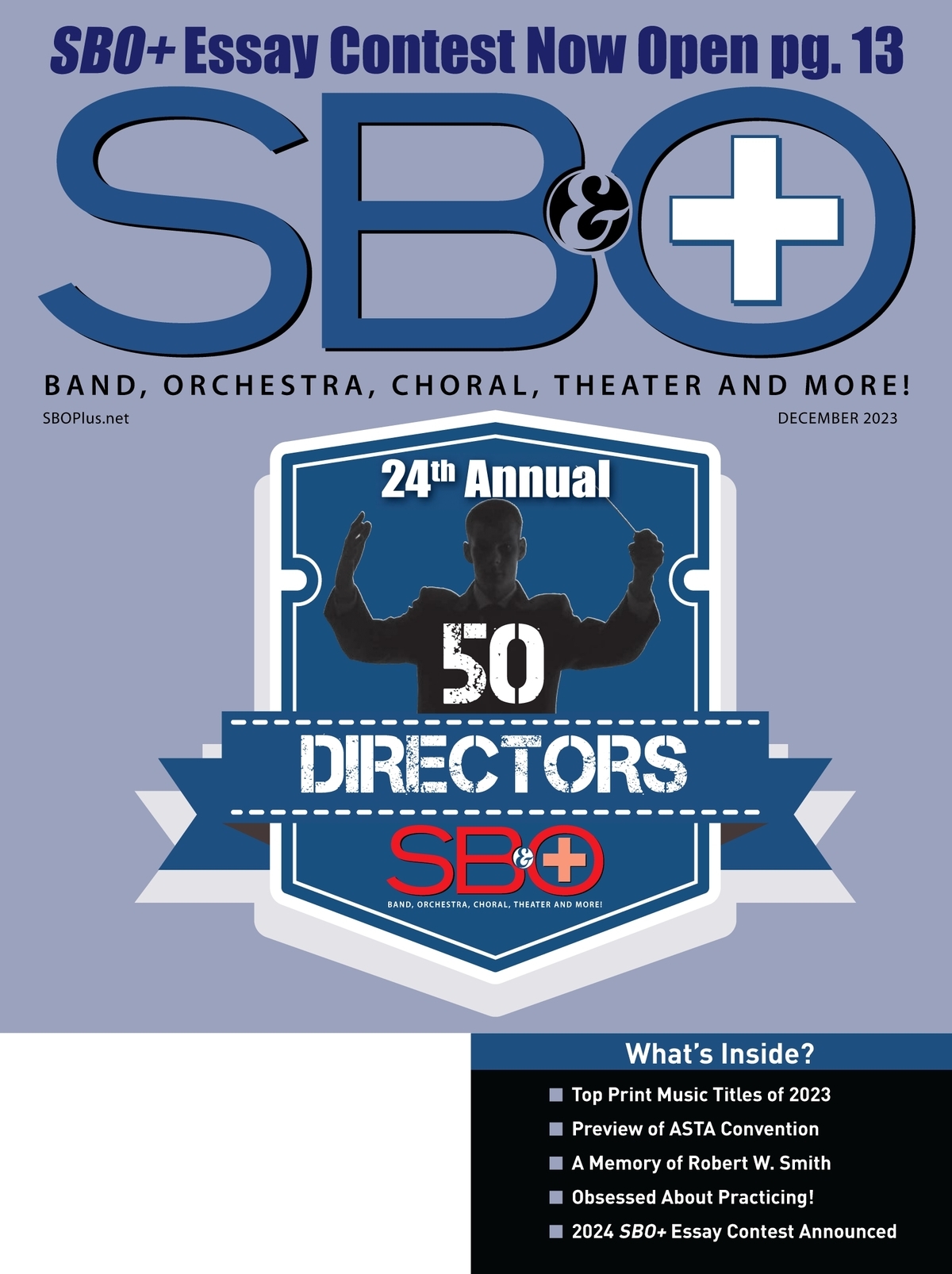EDUCATORS SUBSCRIBE FOR AS LOW AS $0.00! CLICK HERE!
 This school year is starting considerably different than most. When we started our virtual school year in New Orleans this August, I kept hearing the same questions being asked by educators: How do we get to know our students virtually? More importantly, how do we build trust with our students and ensure our classroom is equitable in a virtual format?
This school year is starting considerably different than most. When we started our virtual school year in New Orleans this August, I kept hearing the same questions being asked by educators: How do we get to know our students virtually? More importantly, how do we build trust with our students and ensure our classroom is equitable in a virtual format?
Here are five ideas to help jumpstart building equity and trust in your classroom this school year and beyond.
Learn Your Students’ Names and Pronouns
Learning how to pronounce your students’ names and their pronouns is a must, not just this year, but every year. Before your first Zoom or Google Hangouts class, send your students a message requesting how they pronounce their name, if they have another name they prefer to go by, and what their pronouns are. If you can’t connect with your students before the first day of class, try out resources like www.prounouncenames.com. Putting in the effort to learn their names and pronouns is an easy, but effective way to build your students’ trust.
Ask Your Students’ Musical Goals
When was the last time we asked our students what their musical goals were? We often provide our students with the framework of what they’re going to learn in our classrooms. Whether it’s working towards a parade, a concert, or a competition, we don’t always have the opportunity to dig deeper into what they want to learn from participating in our programs. Start the school year out with a simple survey. Ask your students about their favorite artists, their favorite genres, and musical topics they want to learn more about. Please note, the survey you provide to your students should be tailored to the grade levels you serve. From there, you can reflect your students’ interests and goals into your curriculum. This builds student agency and truly involves your students in their learning.
Evaluate Your Current Curriculum and Repertoire
This year is a great time to evaluate your current curriculum and repertoire. As you go into the school year, ask yourself the following questions: Am I teaching the same songs year after year? Am I focusing on teaching certain types of music? If so, why? Where do my students see themselves in my curriculum? Why is my curriculum and the repertoire I selected relevant to my students? Use this as an opportunity to incorporate one new thing into your curriculum that speaks to your students’ culture and musical goals. We should provide our students with the relevance of what we’re teaching, making it applicable to the realities they’re facing on a daily basis.
Embrace Your Students’ Culture
In a very basic dictionary definition, culture is the customs, arts, social institutions, and achievements of a particular nation, people, or other social groups. Culture is primarily rooted in behaviors, customs, and beliefs; it can encompass actions and attitudes, too. Culture is constantly evolving, and thanks to technology, we have a much more dynamic perception of culture. We validate our students when we embrace their culture. In practice, this means that we can’t make popular music and non-western music a novelty. When music from outside of the western canon is reserved for specific performances or times of the year, we are perpetuating the idea that it’s not important or that our students’ culture doesn’t carry weight. Find ways to incorporate your students’ culture beyond a concert setting.
Build Partnerships with Your Community
This time of social distancing has only emphasized the need to connect with our communities. Find ways to invite your community members into your classroom. There are plenty of non-profits and community organizations that employ teaching artists who are representative of your cultural communities. Invite them to join you for a single class or a series of classes. This is a great way to reconnect your students with their community.
The COVID-19 pandemic has shifted the way that we teach music. It’s allowing us to explore new technologies, learn from our students, and build trust. Building equity and trust in your classroom is a process, but it helps us be more accountable to our students, understanding what’s working and what’s not. This year, we have an opportunity to listen to our students’ most proximate needs in a way we’ve never had before. Moving forward, we should continue to find ways to incorporate these strategies into our classrooms. By listening to our students, incorporating their interests and goals, we ultimately ended up doing better work together.
Ashley Shabankareh is a New Orleans music educator and musician and serves as the collaborative action strategist for Artist Corps New Orleans and vice president of the Jazz Education Network (JEN).






